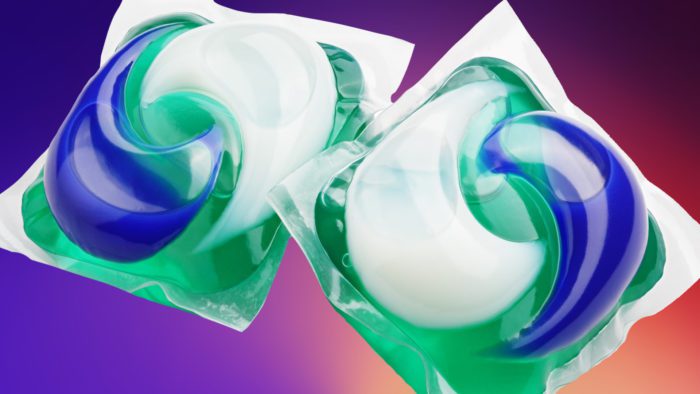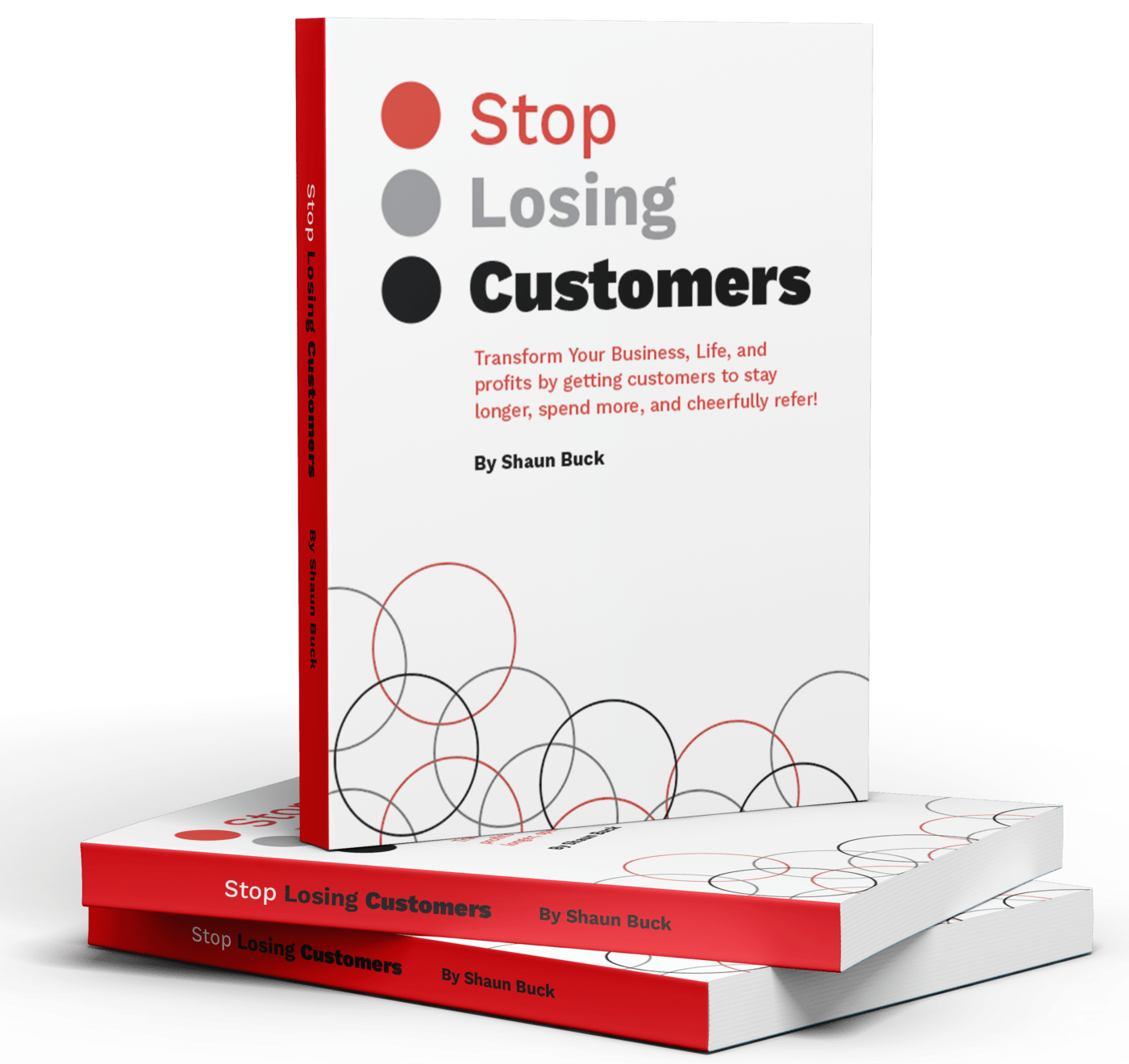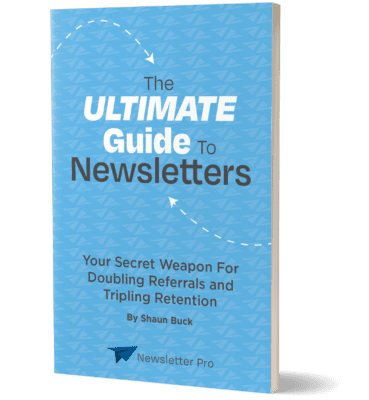The Tide Pod Challenge feels like it took place about 1 million internet years ago, but it happened in 2017 and 2018. Though there are countless viral internet “challenges” that make the news, the Tide Pod Challenge was notable for the number of headlines, jokes, and warnings it spawned. The fallout also significantly impacted the business strategy of Tide and its parent company, Procter & Gamble (P&G).

Unsteady Beginnings
Though they’re now staples of the laundry aisle, Tide Pods have courted controversy since their introduction in 2012. The products were convenient, but they were also a little too appealing. Many people thought Tide Pods looked like candy — and, unfortunately, small children tended to agree.
After multiple laundry pod poisonings, Tide and other manufacturers added additional safeguards to make accessing and ingesting them more difficult for children. Still, the danger continued. The Poison Control Center received almost 73,000 calls about laundry pod consumption between 2012 and 2017 — before the Tide Pod Challenge began.
Even in those early days, Tide recognized the need for proper safety and use information. In 2016, they released a commercial called “Spot the Risks.” The advertisement asked viewers to find all the household risks in a single image containing an infant in a living room with Tide Pods.
The trick was that there were 11 risks in total — including uncovered outlets, loose coins, and sharp edges. The advertisement closed with a message that parents should keep Tide Pods out of reach of small children. Marketing experts lauded the TV spot. It acknowledged that laundry packs are dangerous when left unattended while also pointing out the many common dangers families must navigate. The commercial suggested that Tide Pods can be harmful but no more so than other everyday objects.
A Viral Trend
The business strategy seemed to work — for a while. But toward the end of 2017, Tide Pods became the subject of a new internet meme. Adults began posting jokes on Twitter about how Tide Pods looked delicious. Many people thought they resembled candy and looked strangely appetizing. As Vox points out, the Tide Pod tweets were mere jokes. Though someone went as far as to bake them into a pizza, no one was actually consuming the laundry detergent.
Until they were. Following on the heels of other trends like “the cinnamon challenge,” where people filmed themselves trying to eat an entire spoonful of cinnamon (note: don’t do this), the Tide Pod Challenge took hold in early 2018. Teenagers, in particular, made videos of themselves biting into the laundry packs and having predictable disgusted reactions.
In truth, very few people were eating Tide Pods, but the 86 reported cases of intentional misuse of the product in January 2018 marked a significant increase. The media reacted with a mixture of bemusement and horror. On the one hand, it seemed ludicrous that people were ingesting concentrated laundry detergent. On the other hand, the risks of doing so were genuine and could even be deadly. With such a mixed reaction, P&G had to respond carefully — and quickly.
Damage Control
With a rapid response needed, the business strategy P&G employed was multi-pronged. The company swiftly issued a statement pointing to the dangerousness of the challenge and telling customers not to take part. Representatives reminded the public that poisonous substances are serious, even when you’re trying to make a joke. P&G also worked with YouTube to remove Tide Pod Challenge videos, arguing that they endangered people. At the same time, the company successfully avoided blame for their customers’ blatant product misuse.
But while P&G recognized the need for a sober official response to mollify adults, the company also realized that most teens don’t watch the nightly news. The Tide brand had to reach teens where they were, on their terms. So, P&G tapped New England Patriots player Rob Gronkowski to convey the message.
Better known to fans as “the Gronk,” Gronkowski was the perfect spokesperson to tell teens they were being, well, stupid. Known for his party-hard persona, many people might have assumed he was the type to take part in the challenge, not denounce it. His video telling teens to stop eating Tide Pods was an instant hit that conveyed a serious message with humor.
While many businesses may have found it difficult to recover from the bad press of the Tide Pod challenge, P&G weathered the storm through a combination of proactive and reactive responses. Having already acknowledged and addressed safety concerns in the past gave the company the moral high ground. Their swift action in the face of the viral trend allowed them to control the message. And the company struck the right tone, acknowledging both that the Tide Pod Challenge was dangerous and really, really dumb. P&G’s messaging appealed to both concerned and incredulous adults simultaneously.
Other businesses tried to capitalize on the Tide Pod Challenge, in some cases, by creating Tide Pod-inspired foods. The results were mixed. But Tide struck the right note, and the brand has not suffered any lasting damage. In 2019, laundry detergent pods (of which Tide Pods remain the best known) had a market worth of roughly $2.77 billion, which experts expect to grow to $3.54 billion by 2025. The laundry product isn’t going anywhere.
The entire ordeal demonstrates that the business strategy a company employs after a crisis can make or break its future. The wrong response can crush sales of a growing product, while the right one can help it rise to new heights.






